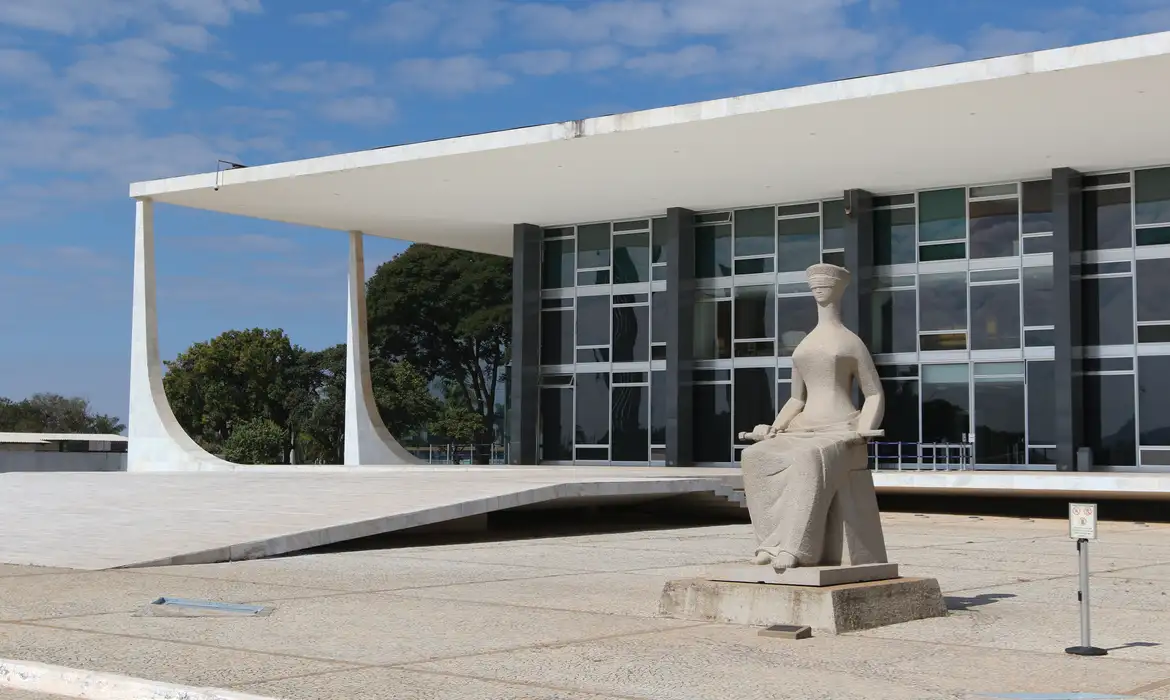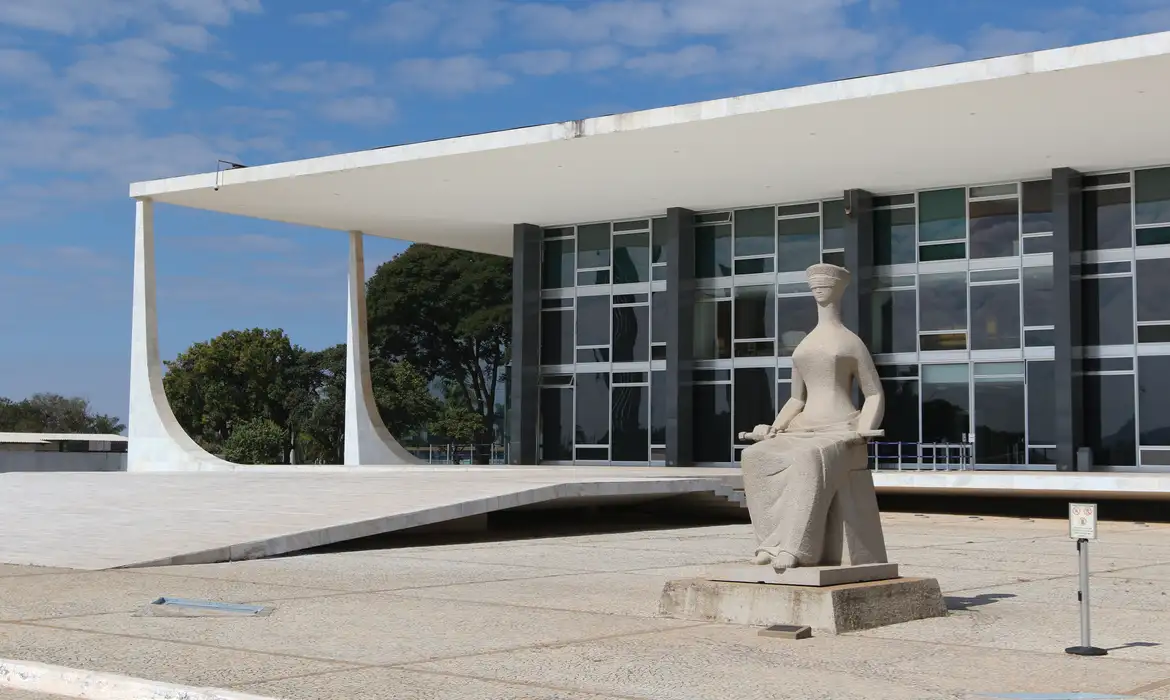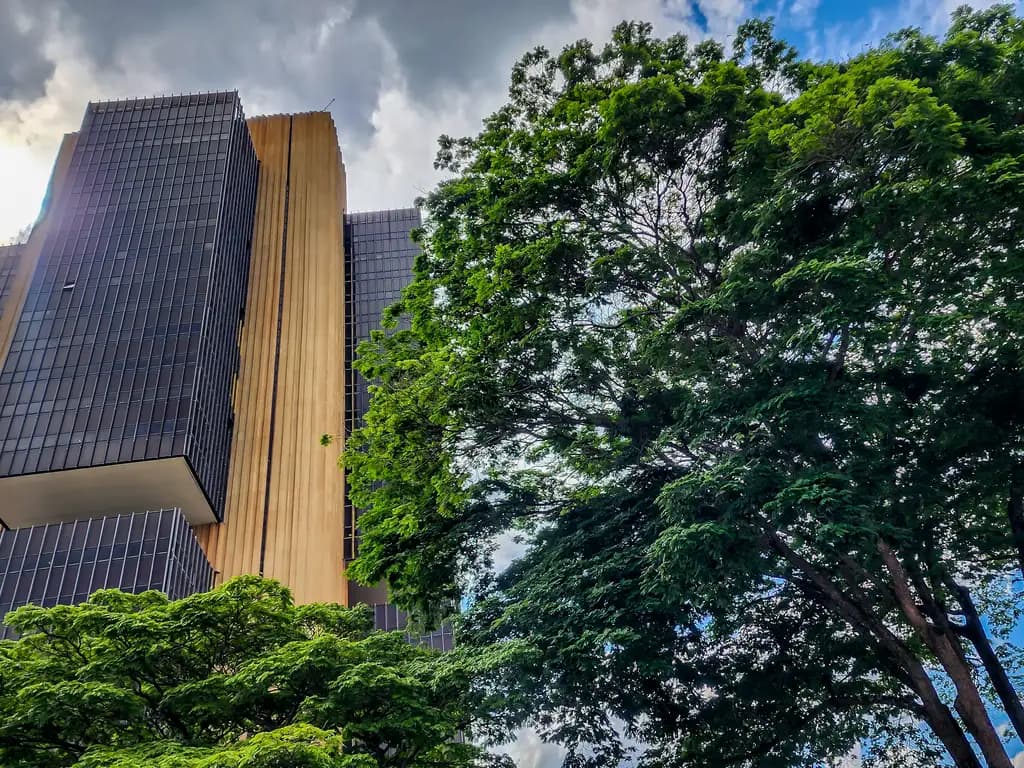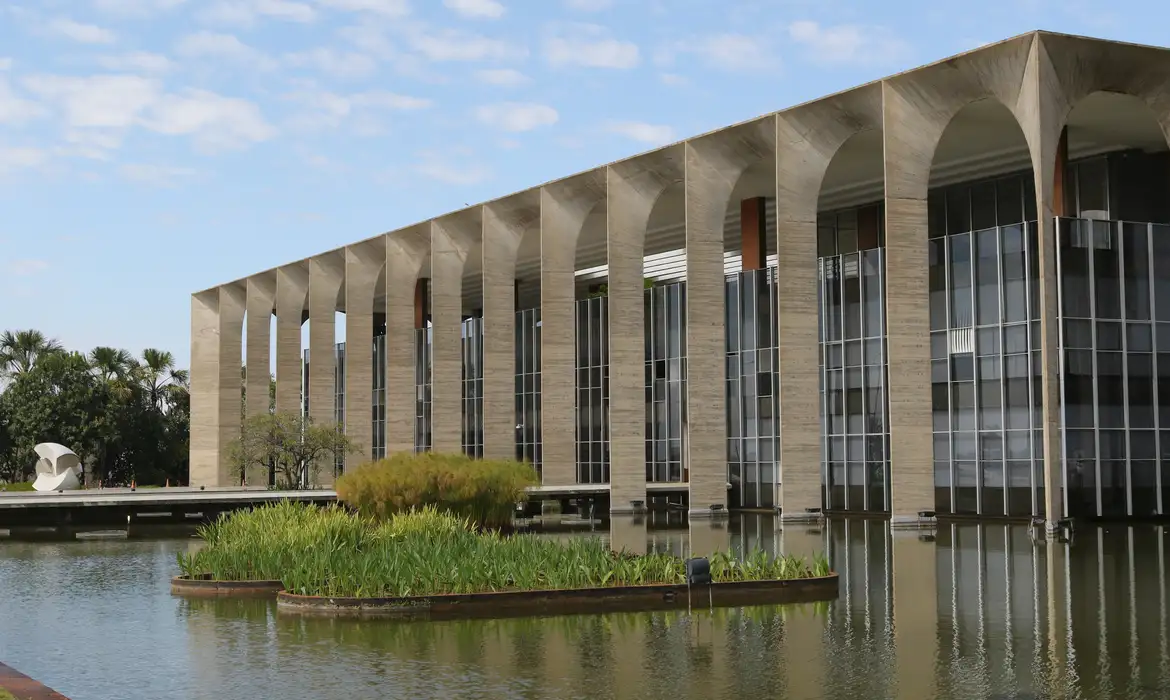This story has been told before: a Brazilian company that borrowed money abroad files for in-court reorganization; a foreign creditor reaches out to its local counsel seeking advice; counsel talks about the Business Insolvency Act but then stops and caveats “Please note, however, that courts…”
Brazilian courts have repeatedly found that broad, generic principles in the BIA trump its express, concrete provisions – almost invariably to the detriment of creditors. Examples of this stance abound. To list a few:
a) Stay period: per the BIA, “in no case” will debtor’s protection from creditors’ legal action exceed the “non-extendable” term of 180 days, but courts have consistently prolonged the stay period based on interpretation of other provisions about deadlines and on the need to preserve the company until its plan can be voted.
b) Foreign currency: the BIA sets forth that a provision pre-fixing the exchange rate for future payment of pre-petition claims in foreign currency may only be enforced against the creditors who “approve it expressly” – and yet, state appellate courts have found that the approved plan will be binding upon all such creditors regardless of their consent.
c) Secured claims: pursuant to the BIA, the plan may not suppress a creditor’s in rem right over a collateralized asset (like a pledge over a machine) or replace the underlying asset unless there is “express approval from the creditor holding the relevant in rem right”. However, in April 2019 the Superior Court of Justice found that the majority vote may strip such creditor of the security against its will.
d) Leased assets: in line with international treaties, the BIA excludes leased aircraft from the general rule that allows debtor to retain possession over assets that are essential in its activities during the stay period. In the Avianca Brasil case, though, the lower court disregarded that carve-out and prohibited lessors from retaking their property (the silver lining is that their appeals were granted in April 2019).
Unlike other very important precedents on issues like substantive consolidation, abuse of voting rights at the creditors’ meeting or treatment to bond claims – each of which an issue not regulated in the BIA – in none of those four examples is there a gap or ambiguity in the BIA. Much to the contrary, faced with an express legal provision, courts intentionally circumvented it by resorting to legal principles and interpretation.
This stance taken by the Brazilian judiciary is questionable both from a legal and a market perspective.
Legally speaking, the BIA is one and the same statute. Its broad principles and express rules coexist and are not in conflict – principles will apply absent a clear provision. And even if any such conflict did exist, the specificity of an express rule, applicable to one concrete situation, should prevail over the broadness of a principle. Simply put, the majority vote and the preservation of businesses permeate the BIA but are subject to limitations and exceptions set forth in the very BIA.
Market-wise, courts are creating legal uncertainty and making credit more expensive. When lenders are blindsided by a precedent that negates a clear pro-creditor rule they may decide to charge higher interest rates or ask for additional guarantees from future Brazilian borrowers. If lenders are concerned that courts will actively seek to protect a Brazilian borrower should it file for insolvency, as rational agents they will likely adjust their commercial terms and conditions accordingly.
Therefore, every time insolvency courts relativize legal requirements or favor a pro-debtor principle over a pro-creditor rule, they may be helping rescue that debtor and preserve the relevant jobs – but in the end they are doing so at the expense of the next Brazilian borrower in line.
Despite courts’ pro-debtor bias, creditors can find ways to better protect their interests. They should keep a close eye on recent case law before negotiating with Brazilian counterparts, so as to adequately gauge risks associated with an insolvency scenario in advance. That could cause creditors to push for contractual mechanisms like debtor’s financial covenants, third-party guarantees, acceleration of maturity dates, sales with retention of title, tailor-made representations and warranties (e.g., a debtor collateralizes an asset and represents to lender that it is not essential in debtor’s activities), and so forth, as the case may be.
If a dispute with an insolvent debtor arises, on top of customary legal reasoning creditors should raise arguments regarding systemic risks such as the ones laid out above, because courts may at times focus too much on the tree (the case at hand, legal interpretation) and lose sight of the forest (the credit market as a whole, practical impacts of court precedents on the economy).
Finally, measures can also be taken at the lawmaking level. There are a handful of bills in Congress to amend the BIA in many aspects (including those in connection with cross-border insolvency), and an active stance may be warranted depending on the magnitude of the interests involved.



































